In a city on the Texan coast, the cameras are rolling as amateur collectors bring in their treasures for appraisal. And one man is about to walk away with the best kind of surprise. As it turns out, his family heirloom is a genuine work by Diego Rivera, one of Mexico’s most famous artists — and it’s worth a staggering amount.
An incredible story

The incredible story began in 2012 when the Antiques Roadshow came to Corpus Christi, a city some 170 miles north of the border with Mexico. In a format which originated in the U.K., this popular television show visits multiple locations and encourages members of the public to dig out their family treasures.
The Antiques Roadshow

On air, expert appraisers examine these objects and inform their owners — along with the viewers — exactly what they are and what they are worth. It’s a hugely popular show and one that has uncovered plenty of fascinating antiques over the years. Even so, the painting that Rue Ferguson brought in for evaluation ranks among its most exciting successes.
Diego Rivera
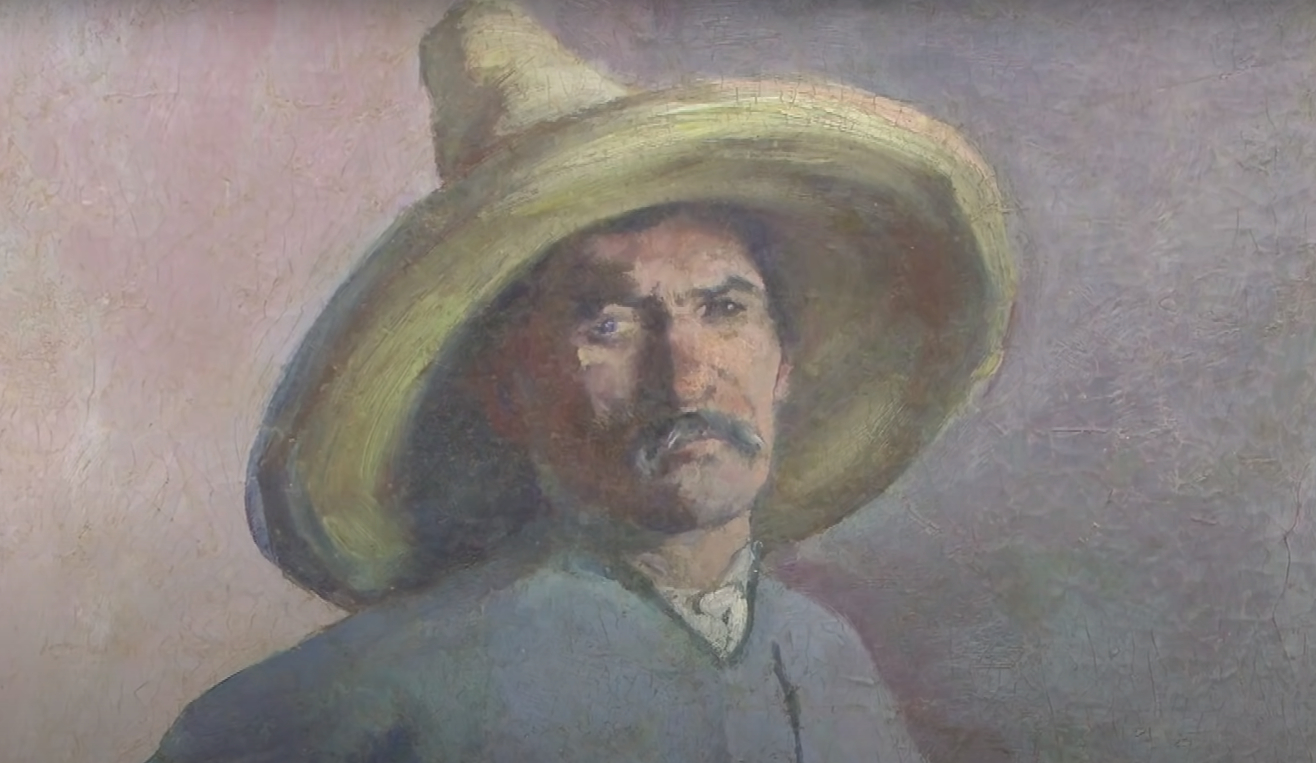
According to Ferguson, the painting had been acquired by his great-grandparents in Mexico sometime in the 1930s and had been in his family for 80 years. Depicting a laborer wearing a shawl and a hat woven from straw, it features a distinctive signature in the bottom right-hand corner: that of Diego Rivera, one of the greatest Latin-American artists of the 20th century.
Strange signature

But was this painting a real Rivera? And if so, how had it wound up in the possession of a private Texan family? Apparently, the artwork had been handed down through the generations but, initially, at least, it was believed to be a fake. After all, the childish signature looked very different to the one that graces galleries around the world today.
San Antonio Museum of Art

What’s more, the painting was damaged — suggesting that even if it was genuine, any value would be significantly decreased. All the same, in 1996 Rue’s father Henry Rugeley Ferguson Sr. had taken the piece to the San Antonio Museum of Art, where he’d asked curator Marion Oettinger for his opinion. And that’s when things had got really interesting.
Early suspicions

Coincidentally, Oettinger had recently been given a book that featured several early paintings by Rivera. When he took a closer look, he realized that some of the signatures on those pieces were similar to the one on the Ferguson’s family heirloom. And he began to suspect that the mystery work might be genuine after all.
El Albañil found

The following year, art expert Roman Favela authenticated the Ferguson piece as a 1904 work by Rivera entitled El Albañil, meaning the laborer. According to surviving records, it was painted back in 1904 when the artist was just 18 years old. But for a long time, it was believed to have been lost.
Restoration

Ferguson’s Rivera, then, was not a fake — it was a missing masterpiece for which art historians had been hunting for many years. After the painting was authenticated, the family arranged for it to be restored to its former glory. And in 1998 it was lent to the San Antonio Museum of Art for an exhibition to celebrate its new Latin American Wing.
Appraisal

Despite its significance, though, the painting somehow fell into obscurity once more. And by the time that the younger Ferguson decided to take it to be appraised on Antiques Roadshow, it had taken up residence in an unassuming corner of his office. He told expert Colleene Fesko, “It was hanging behind a door… If the door was open then you couldn’t see the painting.”
Colleene Fesko
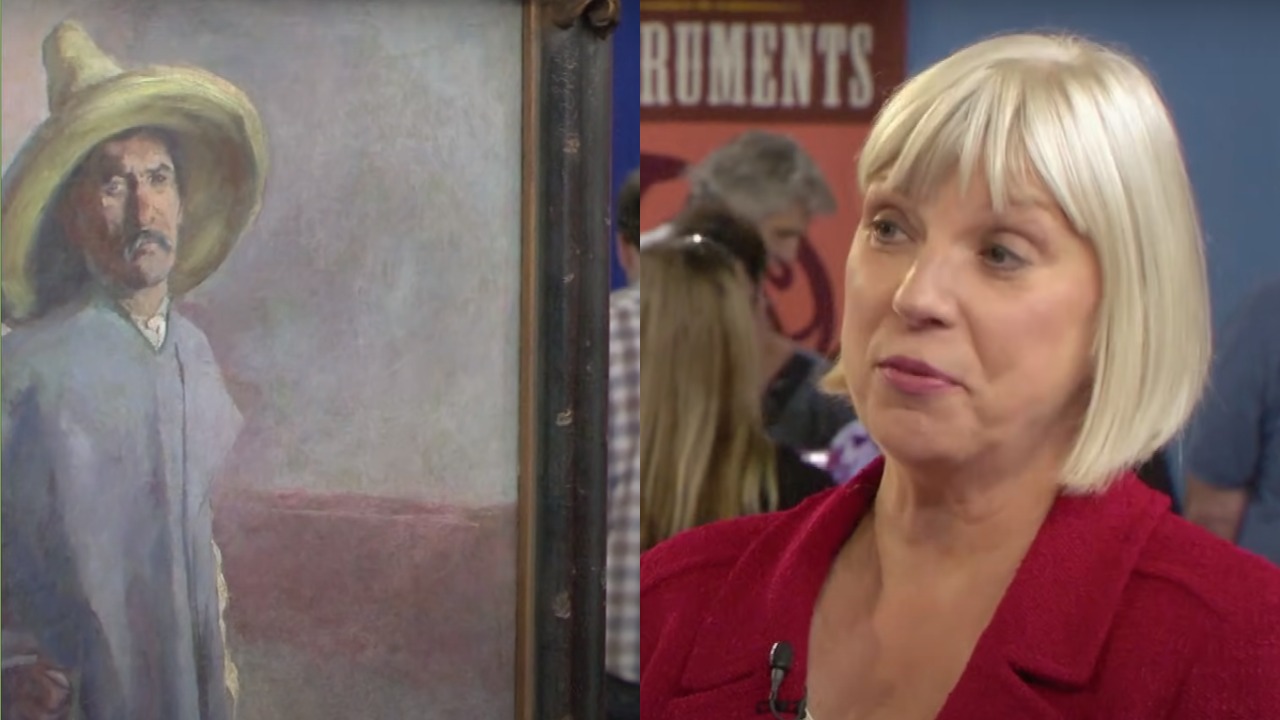
Delighted with the painting, Fesko confirmed what Favela had determined 15 years before: that the work was indeed Rivera’s lost El Albañil. In footage from the show, she says, “This was only [one of] I think three of four paintings by the artist that are known from that early time. It’s a wonderful period, early 20th-century painting.”
A terrific image

Although El Albañil was painted early in Rivera’s career, some of the methods that he would develop in his later years are already present in the piece. Fesko continues, “it also gives hints of his mural style, his technique, and even more so, in a way, his subject matter, which were the workers of Mexico. A really terrific image.”
Where is El Albañil?

“What’s interesting about the signature is that it’s a very young man’s signature,” Fesko adds. “It’s one of his school signatures rather than the more formal mature signature that we’ll see later.” The expert told the painting’s owner about the mysterious history of the work, adding, “The research that we’ve found in the authentication process of it is that it had been missing. In the records of Mexico City it was unknown. Where’s the painting? Where is El Albañil?”
Culturally significant

According to Fesko, Ferguson’s painting represented a rare example of art world serendipity: a piece that was culturally significant, beautiful and had a fascinating story attached. And as such, she believed that it could be very valuable indeed. But who exactly was Rivera? And why does his work fetch such high sums today?
Student painting

Apparently, El Albañil was painted around the time that Rivera was a student at the Academy of San Carlos, an art school in Mexico City. According to Fesko, it showcases the artist’s earlier naturalistic style before he matured to focus on more abstract work. And as such, it marks a transitional point in his astonishing career.
Competition

Fine Art Images/Heritage Images/Getty Images
Despite the obvious beauty and skill apparent in El Albañil, the painting was actually completed as Rivera’s entry for a student competition — and it didn’t even win! Although the artist did receive a medal for his efforts, according to contemporary reports, the first prize went to Roberto Montenegro, whose work is also exhibited in the San Antonio Museum of Art today.
Early years

Thankfully, this early failure did little to discourage Rivera from an artistic career. Born in the central Mexican city of Guanajuato in December 1886, he was allegedly the son of a converso — a Jewish woman who had been forced to adopt the Catholic religion. As a result, he said, he felt a sympathy with outcasts and the downtrodden that would last throughout his life.
Tragedy strikes
According to reports, Rivera began drawing at the tender age of three, after the tragic death of his twin brother. The story goes that he took to expressing himself by drawing on the walls of his parents’ home. But rather than get angry, they decided to encourage their son by placing chalkboards around the house.
Academy of San Carlos

Clearly, this early encouragement worked, and Rivera took a place at the Academy of San Carlos when he was just ten years old. After a decade of study, he left and traveled to Europe, having been sponsored by the state governor, Teodoro Méndez. And in 1907 he arrived in the Spanish city of Madrid.
Europe
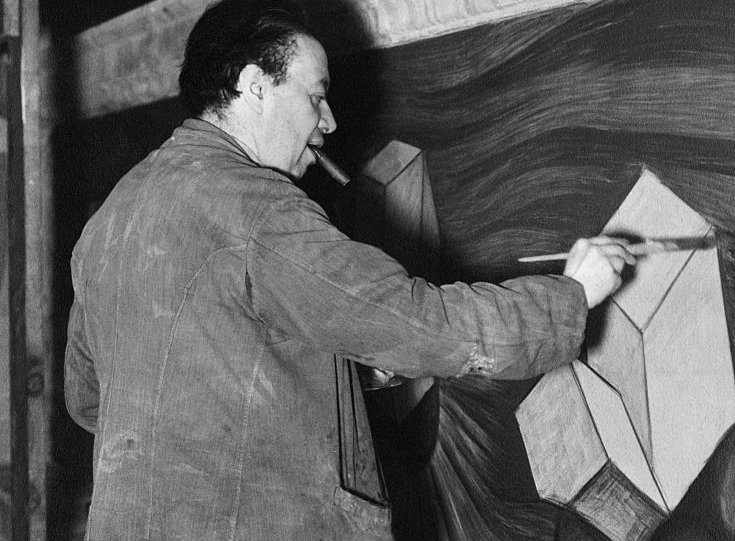
In Madrid, and later Paris, Rivera found himself drawn to the Cubist movement, developing a style distinct from that seen in works such as El Albañil. In time, he also adopted elements of Post-Impressionism, creating bright colorscapes that began to get him noticed on the art scene. And in 1920 he traveled to Italy, where he studied the masters of the Renaissance.
Mexican muralism

For Rivera, his time in Italy ignited a passion for frescoes and murals that would last throughout his career. On returning to Mexico in 1921 he was invited to partake in the muralist project: a government initiative to create public artworks that glorified the recent revolution. And the following year — while protecting himself at gunpoint from right-wing radicals — he painted his first large-scale piece at Mexico City’s National Preparatory School.
The Mexican Communist Party

Soon, the movement took off in a big way, inspiring a tradition that continues even today. Now a member of the Mexican Communist Party, Rivera sought to express his political views through his art. And in 1927 he traveled to the Soviet Union as a guest of the government, although he was soon forced to return home.
Personal life

By this time, Rivera had developed his own distinct style, drawing on Mexican folk influences and Aztec imagery to tell the stories of his country’s past. Meanwhile, behind the scenes, his own story was littered with heartbreak and passion. After divorcing his first wife Angelina Beloff in 1921 he married the model and writer Guadalupe Marín the following year.
Frida Kahlo

But Rivera, history tells us, was never particularly faithful, and it was while married to Marín that he met the woman who would become his third wife. Then a student 20 years his junior, Frida Kahlo formed an instant bond with the older man. And for the rest of her life, the pair would remain in a tempestuous and fraught relationship.
Leon Trotsky

Enrique Diaz/Galerie Bilderwelt/Getty Images
Over time, of course, Kahlo would develop her own artistic talents, fostering a career to rival that of her husband. But it was not just romance that the pair shared. Despite Rivera’s expulsion from the Communist Party in 1929 he and his wife remained committed Marxists, eventually hosting the exiled revolutionary Leon Trotsky at their Mexico City home.
One of Mexico’s greatest artists

Patrick ESCUDERO/Gamma-Rapho via Getty Images
Surprisingly, though, Rivera’s outspoken political beliefs did little to damage the commercial viability of his art. And when an American journalist published a collection of his murals in 1929 his work became even more in demand. Later, under McCarthyism, the artist’s communist sympathies would come under fire — but not before his reputation as one of Mexico’s greatest artists had been cemented for life.
Dance in Tehuantepec

Today, Diego is remembered as one of the most influential painters to come out of Mexico, and his work remains on display across North and Central America and beyond. In fact, many are considered historical monuments back in his home country. And in 2016 a private collector reportedly paid almost $16 million for Dance in Tehuantepec, a record-breaking amount for a piece of Latin-American art.
Mexican identity

Anthony Devlin – PA Images/PA Images via Getty Images
Like much of Rivera’s work, Dance in Tehuantepec focuses on Mexican identity, depicting a folk ritual being performed beneath a banana tree. The buyer, it seems, had been desperate to purchase the painting after failing to enter the winning bid at another auction back in 1995. And two decades later, he finally had his chance.
Valuation

BBC Studios / Factual Entertainment Productions
But if paintings such as Dance in Tehuantepec, which is characteristic of Rivera’s work, can fetch such high sums, then what of El Albañil? After all, surely the rarity of these early pieces should be reflected in their valuation? As Ferguson waited with bated breath, the appraiser told him exactly what she thought his family heirloom was worth.
$1 million

“[Significant works]… usually pay pretty well,” Fesko explains in footage from the Antiques Roadshow. “I would be putting a retail estimate on the piece of between $800,000 and $1 million.” Clearly, the high price was more than Ferguson was expecting, and he could barely contain his delight at the breathtaking valuation.
Worth a small fortune

“I didn’t expect that,” Ferguson gushes to the camera. “I’m astounded. I really don’t know what to say.” As it turns out, the painting that had spent years hidden in a corner of the Ferguson home was worth a small fortune. But would he sell it and cash in? Or keep it as a family heirloom to hand down through the generations?
Significant finds
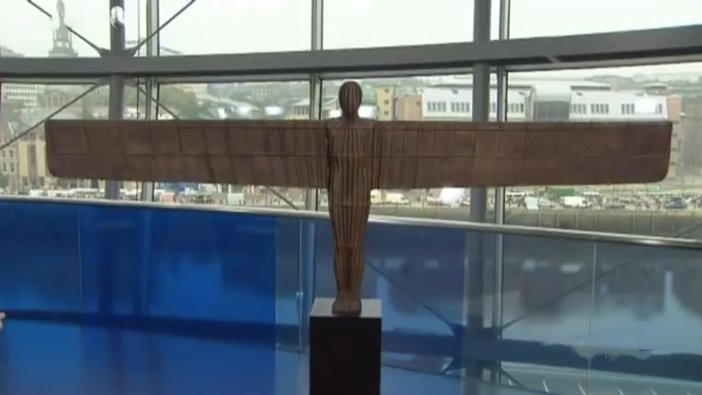
At the time, the painting ranked among the most valuable items ever discovered on an episode of Antiques Roadshow. In the U.K., that accolade belongs to a model of sculptor Antony Gormley’s Angel of the North, valued at £1 million back in 2008. Meanwhile, across the pond, the title was formerly held by some ivory cups that featured in a 2011 episode.
“Needs to be in a museum”

The Oklahoma News Report/YouTube
Valued at between $1 million and $1.5 million, the cups just about pipped El Albañil to the post — at least to begin with. In a 2013 interview with PBS, Ferguson described how he felt about the painting. He said, “More than likely I would imagine it needs to be in a museum where everybody can look at it. Now I’m really scared to carry it around at this point.”
Donation and display

Keen to share the painting with the world, then, Ferguson decided to loan it to the San Antonio Museum of Art, where it was first shown 15 years before. Today, it is displayed alongside several other paintings by Diego, forming part of an exhibition that encompasses works from throughout the artist’s illustrious career.
Celebrating Latino Heritage
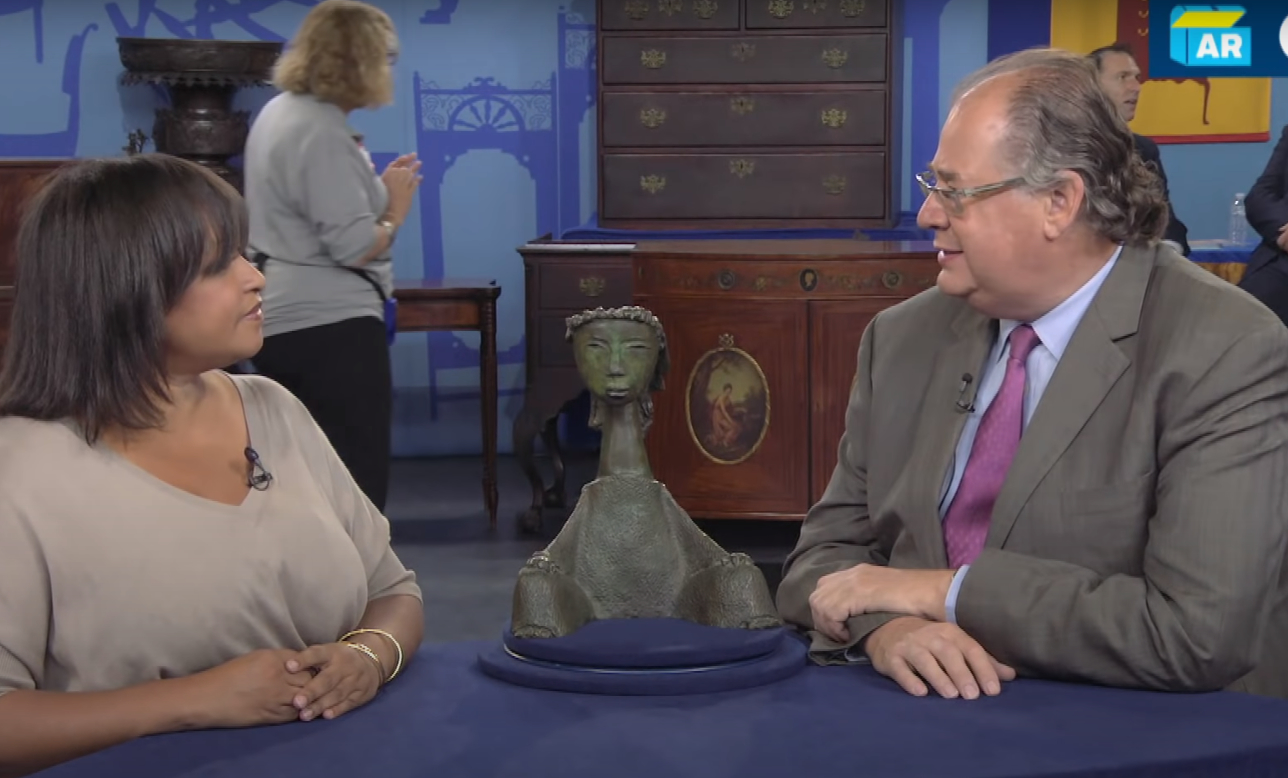
But that isn’t quite the end of the story. In September 2018 PBS aired a special episode of Antiques Roadshow entitled Celebrating Latino Heritage. In it, they revisit significant finds from the past — including El Albañil. But five years after the initial discovery, Fesko had revised her estimate of the painting’s value.
An even higher estimate

Amazingly, Fesko believes that El Albañil is now worth even more, probably somewhere between $1.2 and $2.2 million — making it the most valuable Antiques Roadshow discovery yet. But what caused such a jump in her estimate? According to PBS, the appraiser believes that a number of different factors have ultimately influenced the figure.
A very important piece
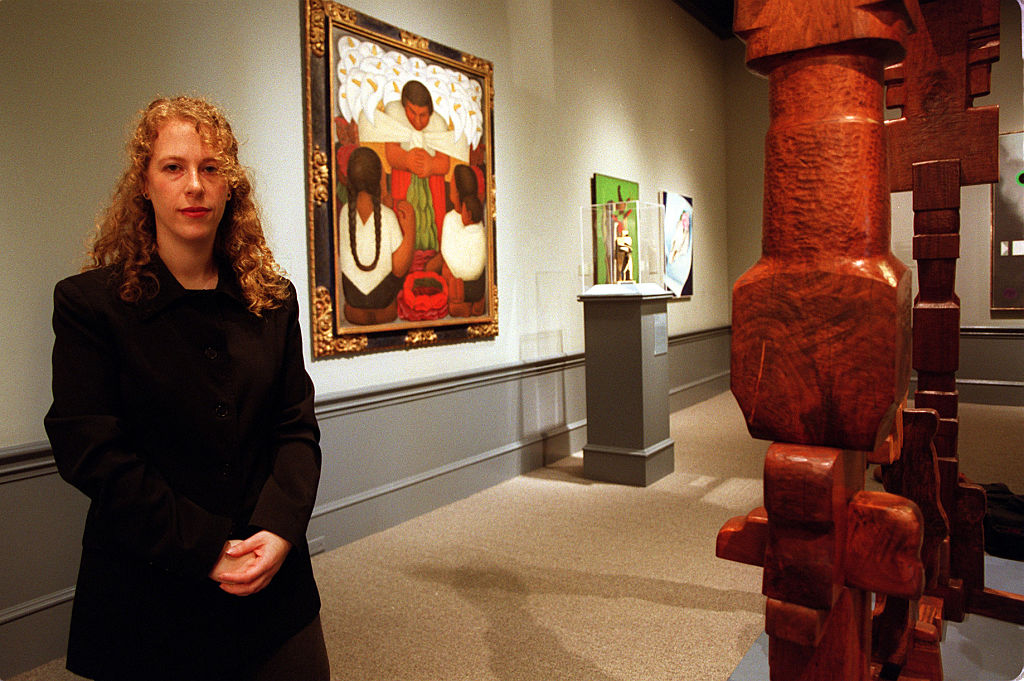
Iris Schneider/Los Angeles Times via Getty Images
“Initially, as we discussed in the segment, El Albañil is a very important piece for the understanding and appreciation of Rivera’s stellar career,” Fesko tells PBS. But recently, she explained, the artist’s work had been fetching particularly high prices at auction. For example, his 1931 painting The Rivals sold for $9.7 million in May 2018 — breaking records and exceeding estimates by millions of dollars.
Decades-old law

Galerie Bilderwelt/Getty Images
“While the importance of the provenance of that particular painting cannot be overstated, it still speaks to the artist as a globally respected cornerstone of Mexican art,” Fesko continues. And Rivera’s growing reputation wasn’t the only thing to consider. According to the appraiser, the effects of a decades-old law also had an impact on the value of the piece.
A national treasure
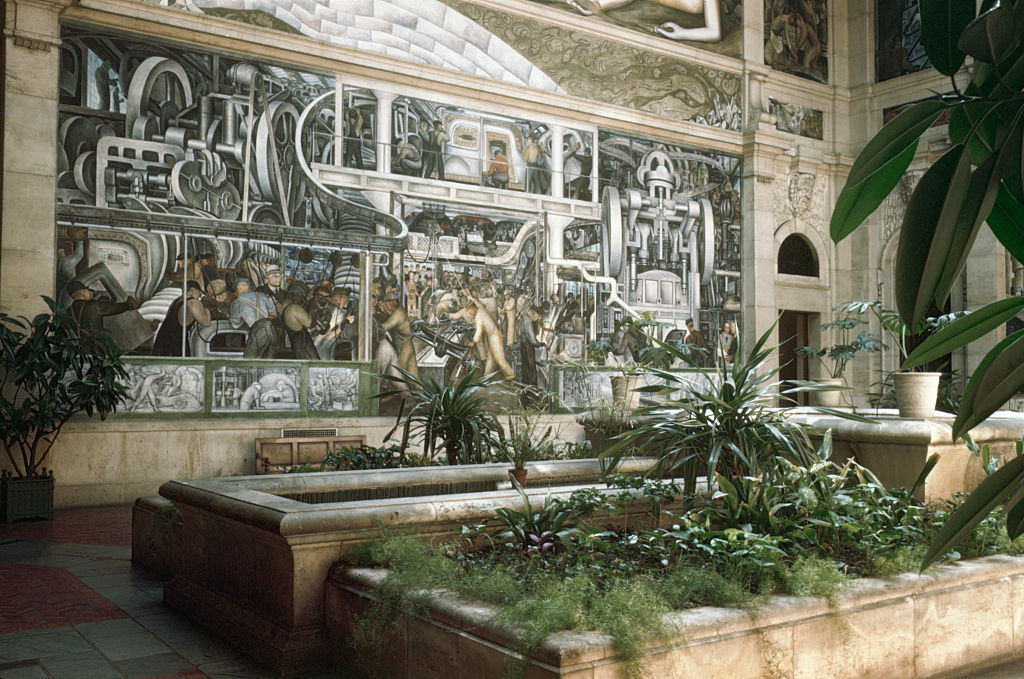
Francis G. Mayer/Corbis/VCG via Getty Images
“Mexico’s 1972 law governing cultural patrimony ‘declares as property of the nation’ all pre-Hispanic artifacts and most colonial works of art,” Fesko explains. “It also allows the work of contemporary artists, including Rivera, to be appended to the national patrimony by decree. In short, important works by Rivera are considered national treasures.”
Pride of place
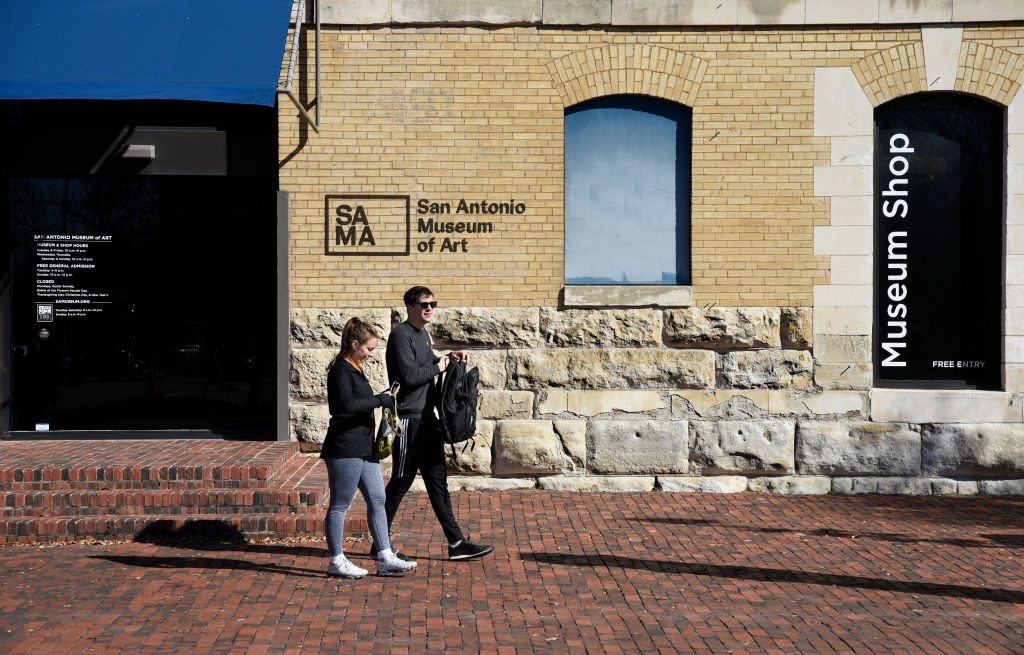
Given this rise in value, Ferguson must be even more grateful that the painting is in the safe hands of the San Antonio Museum of Art. And today, it takes pride of place in the institution, displayed alongside works that encompass 5,000 years of art history. But if it wasn’t for the Antiques Roadshow, it might still be hanging half-forgotten on an office wall.






